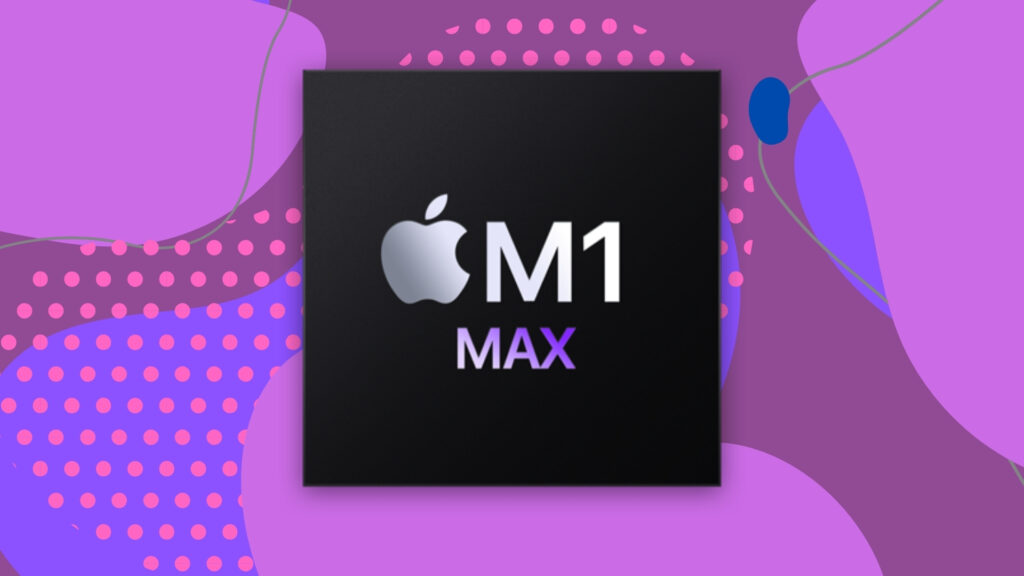
Apple has introduced its new M5 chip, prompting many users of the M1 Max processor to reconsider whether to upgrade. The M5 focuses on efficiency and performance for artificial intelligence (AI) tasks, while the M1 Max continues to deliver superior graphics processing unit (GPU) power and memory bandwidth. Understanding the differences between these two processors can help users make informed decisions based on their specific workloads and creative needs.
Performance Comparison: M1 Max vs. M5
The M1 Max, launched in October 2021, was engineered for high-throughput workloads. It boasts 10 CPU cores and a robust 32-core GPU, with an impressive memory bandwidth of 400GB/s. In contrast, the newly released M5 chip, featured in the latest MacBook Pro and iPad Pro models, offers up to ten CPU cores, divided into four performance cores and six efficiency cores. Notably, its GPU configuration is reduced to 10 cores, resulting in a memory bandwidth of only 153GB/s, less than half that of the M1 Max.
These changes reflect Apple’s strategic shift towards enhancing power efficiency rather than simply maximizing raw performance. The M5 chip is designed to operate at a lower system draw of approximately 25W, making it well-suited for compact, fanless devices. While this is advantageous for everyday use, it does come at the expense of performance in graphics-heavy applications, such as 3D rendering and machine learning, where the M1 Max maintains a distinct advantage.
Despite its lower throughput, the M5 excels in CPU benchmarks, achieving a multi-core score of around 17,865 compared to the M1 Max’s 13,188. This improvement underscores Apple’s commitment to refining performance-per-core ratios, making the M5 feel responsive for tasks like web applications and coding.
Key Strengths and Considerations
For tasks that require substantial memory bandwidth, such as video editing or complex design projects, the M1 Max is likely to outperform the M5. Its higher bandwidth allows for more efficient processing of high-resolution video streams and large texture data. Software that relies on unified memory throughput, like Final Cut Pro and multi-layered Photoshop projects, will generally yield better performance when executed on the M1 Max.
On the other hand, the M5’s strengths lie in its power efficiency and enhanced integration capabilities. With an advanced neural engine capable of executing around 133 trillion operations per second, the M5 significantly outperforms the M1 Max in AI-related tasks, which include live transcription and photo enhancement. The transition to the M5 is particularly appealing for users prioritizing battery life, noise reduction, and AI acceleration over raw graphics power.
Ultimately, the choice between the M1 Max and M5 depends on a user’s specific needs. Creative professionals requiring sustained performance in demanding workloads may find the M1 Max indispensable. In contrast, users seeking a quieter, cooler experience with improved battery life and AI capabilities might prefer the M5.
As the technology landscape continues to evolve, speculation around the potential release of an M5 Max suggests it might combine the efficiency of the M5 with the performance characteristics of the M1 Max. According to estimates from Google Gemini, the M5 Max could feature a 32-core GPU, an impressive 550GB/s memory bandwidth, and a multi-core score nearing 28,555, representing a significant leap in capabilities.
As Apple’s M-class processors develop, users must carefully evaluate their priorities—whether they lean towards high-performance graphics or the enhanced efficiency of newer technology. The ongoing evolution of Apple silicon will undoubtedly shape the future of its hardware offerings.






